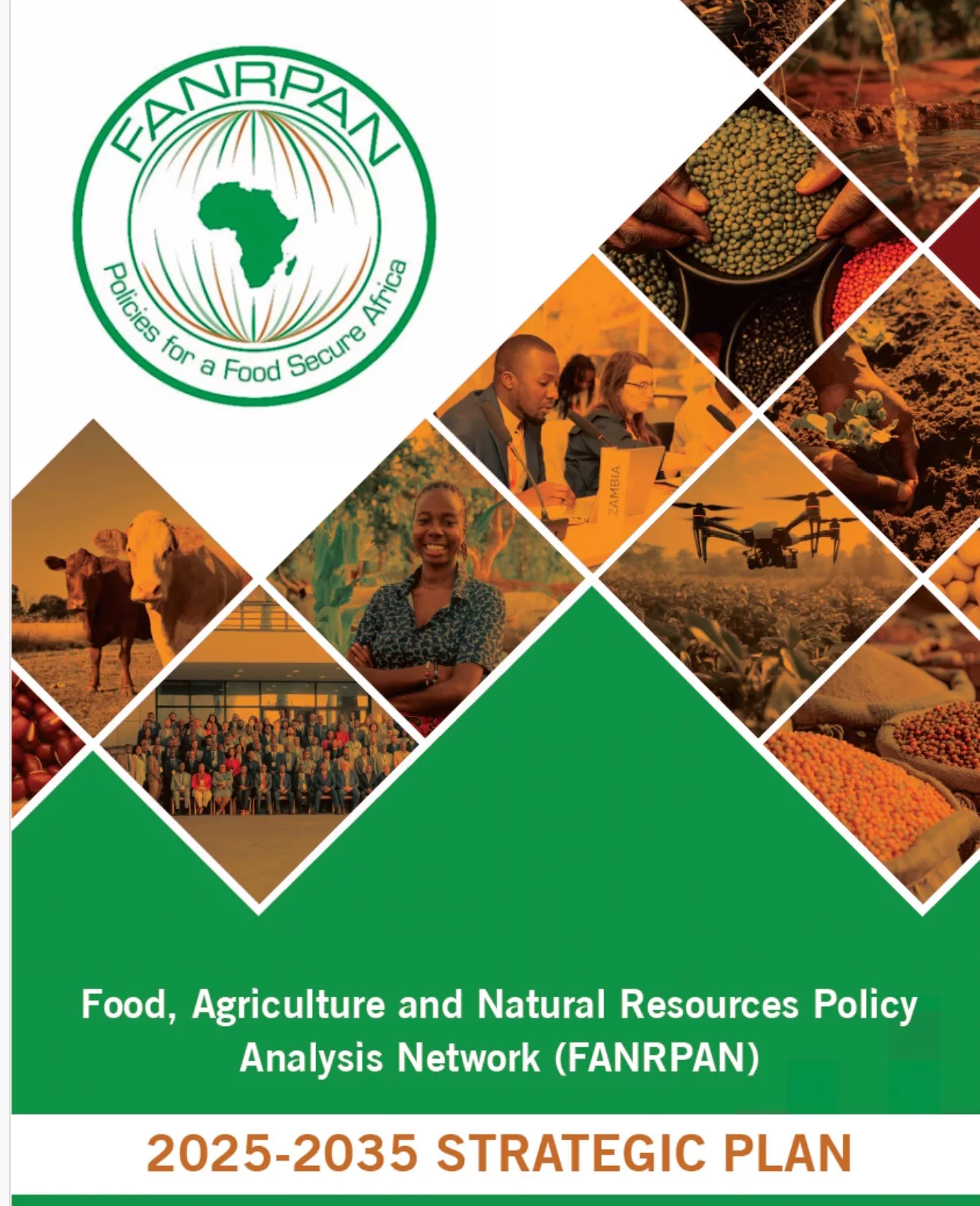By Arvin Donley
The Food and Agriculture Organisation (FAO) of the United Nations on Sept. 6 released a new Cereal Supply and Demand Brief, raising its July forecast for global cereal output by 22 million tonnes to 2.7 billion tonnes, 2.1% above the 2018 outturn.
The revisions mostly reflect improved expectations for U.S. corn production. Meanwhile, the FAO lowered its estimate for global wheat output in 2019 due to reduced crop productivity in the European Union and the Russian Federation, but it is still expected to be 5% higher than in 2018. The forecast for worldwide rice production has been revised up from July to 517 million tonnes, at par with last year’s record level, driven by increases in China and the United States.
World cereal utilisation for the year ahead is expected to hit a new record of 2.7 billion tonnes, buoyed by rice consumption hitting an all-time high of 519 million tonnes, translating into a 0.5 kilograms per capita increase from the previous year. Utilisation forecasts for wheat, corn and barley also were raised.
The stronger harvest prospects point to world cereal stocks reaching 847 million tonnes by the close of seasons in 2020, which would remain around 16 million tonnes below their opening levels. Corn inventories are expected to accumulate sharply in the United States, while China’s wheat stocks are currently set to expand by 7.9% and reach an all-time high.
The FAO left unchanged its forecast for world trade in cereals at nearly 415 million tonnes, as expected increases in wheat and rice trade offset reduced trade prospects for corn and sorghum.
In a separate report, the FAO noted that global food prices declined in August, driven by sharp falls in the prices of staple cereals and sugar.
The FAO Food Price Index, which tracks monthly changes in the international prices of commonly traded food commodities, averaged 169.8 points in August, down 1.1% from July while still up 1.1% from its August 2018 level.
The FAO Cereal Price Index declined by 6.4% from the previous month. Corn values turned sharply lower due to expectations of a much larger than previously anticipated harvest in the United States, the world’s largest corn producer and exporter. Wheat prices also remained under downward pressure, reflecting ample export availabilities, but those of rice edged up, due to seasonal effects as well as concerns over the impact of weather on crops in Thailand.
The FAO Vegetable Oil Index rose by 5.9% in August, hitting an 11-month high amid a rebound in global import demand for palm oil as well as unfavorable weather conditions in Indonesia’s major growing regions. Soy oil prices also rose, driven in part by lower than anticipated crush volumes in North America.
Source: WORLD-GRAIN.COM






